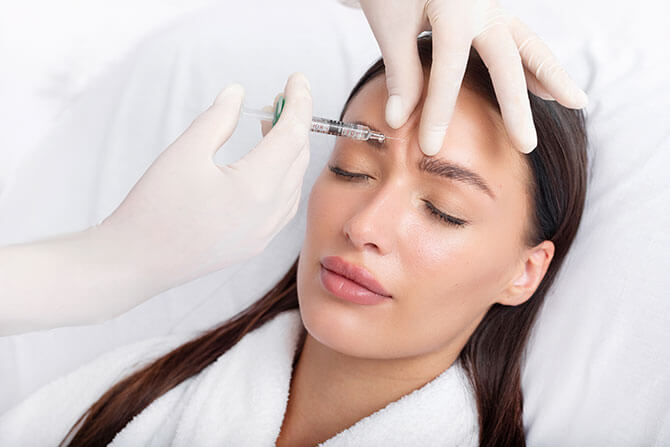When many people think of Botox, they immediately picture its cosmetic use for smoothing wrinkles and refreshing the face. However, a common question is: can Botox be used for medical conditions? The answer is a resounding yes. Beyond its aesthetic appeal, Botox Injections(حقن البوتوكس) has been extensively studied and applied in various medical fields. It works by temporarily relaxing muscles or blocking nerve signals, which can relieve symptoms of numerous disorders. This dual role of Botox as both a cosmetic and therapeutic agent highlights its versatility and importance in modern medicine.
The Importance of Botox in Medical Treatments:
Understanding can Botox be used for medical conditions is essential because it opens doors for many individuals seeking relief from chronic or debilitating issues. Botox offers a non-surgical option for patients who have not found success with traditional treatments. Its minimally invasive nature and relatively quick onset of action make it an attractive choice for managing complex medical problems.
Botox’s role in medical treatments is significant because it can improve quality of life, reduce pain, and address conditions that otherwise have limited options. Awareness of its therapeutic applications helps patients and healthcare providers consider Botox beyond the realm of cosmetic enhancement.
Common Medical Conditions Treated With Botox:
Botox’s muscle-relaxing and nerve-blocking properties allow it to treat a variety of medical conditions effectively:
Chronic Migraines
Botox injections can reduce the frequency and severity of migraines by blocking pain signals and relaxing tense muscles.
Excessive Sweating (Hyperhidrosis)
By inhibiting nerve signals to sweat glands, Botox helps control excessive sweating in areas like the underarms, palms, and feet.
Muscle Spasms and Dystonia
Conditions involving involuntary muscle contractions, such as cervical dystonia or blepharospasm (eyelid twitching), respond well to Botox.
Overactive Bladder
Botox injections in the bladder muscle reduce urgency and incontinence by relaxing the muscle and increasing bladder capacity.
Eye Conditions
Strabismus (crossed eyes) and certain forms of muscle imbalance can be treated with Botox to improve eye alignment and movement.
Risks Associated With Medical Use of Botox:
While Botox is generally safe, its medical use comes with some risks that patients should understand:
- Temporary muscle weakness near the injection site
- Bruising, swelling, or redness
- Flu-like symptoms or headache
- Allergic reactions (rare)
- Spread of toxin effects causing difficulty swallowing or breathing (very rare)
Proper dosing, injection technique, and patient evaluation are critical to minimizing risks. Patients with certain neuromuscular disorders or allergies should discuss these conditions before treatment.
Benefits of Botox for Medical Conditions:
Using Best Botox Injections(أفضل حقن البوتوكس) for medical conditions offers several key benefits:
Non-Surgical Relief
Provides symptom relief without the risks and recovery time associated with surgery.
Targeted Treatment
Precisely targets affected muscles or glands, reducing systemic side effects.
Improved Quality of Life
Reduces pain, discomfort, and functional impairments linked to chronic conditions.
Long-Lasting Effects
Relief typically lasts 3 to 4 months, allowing for regular management with repeat treatments.
FAQs: Medical Uses of Botox
Is Botox FDA-approved for medical conditions?
Yes, Botox is approved for several medical uses including chronic migraines, hyperhidrosis, and muscle disorders.
How quickly does Botox work for medical issues?
Results often appear within days to weeks depending on the condition.
Are there any medical conditions Botox cannot treat?
Botox is not suitable for all conditions and is ineffective for static wrinkles or certain neurological diseases.
Can Botox be combined with other treatments?
Yes, Botox is often part of a comprehensive treatment plan alongside medications or physical therapy.
Is Botox painful when used for medical purposes?
Discomfort is usually minimal and brief, similar to cosmetic Botox injections.
Conclusion:
So, can Botox be used for medical conditions? Absolutely. Botox’s unique mechanism allows it to treat a broad range of disorders affecting muscles and nerves. Its effectiveness in managing chronic migraines, excessive sweating, muscle spasms, bladder issues, and eye conditions illustrates its important therapeutic role. As research continues, new medical applications of Botox emerge, further enhancing its value in healthcare. Whether for aesthetic improvement or medical relief, Botox remains a powerful and versatile treatment option for many people worldwide.

